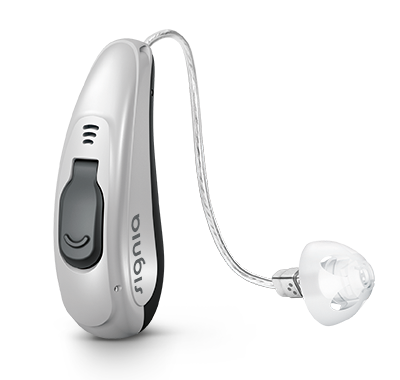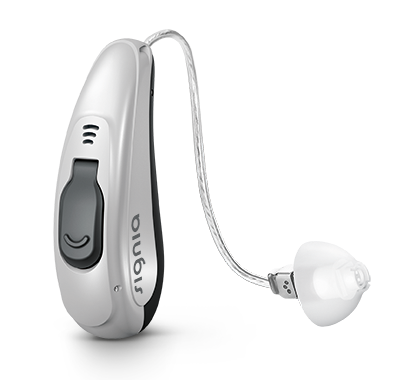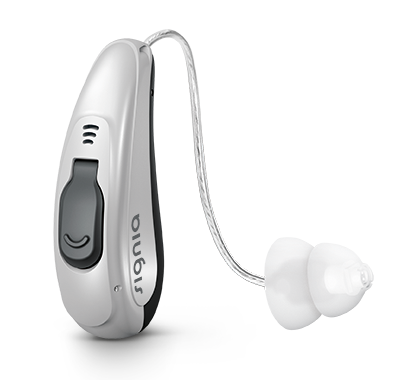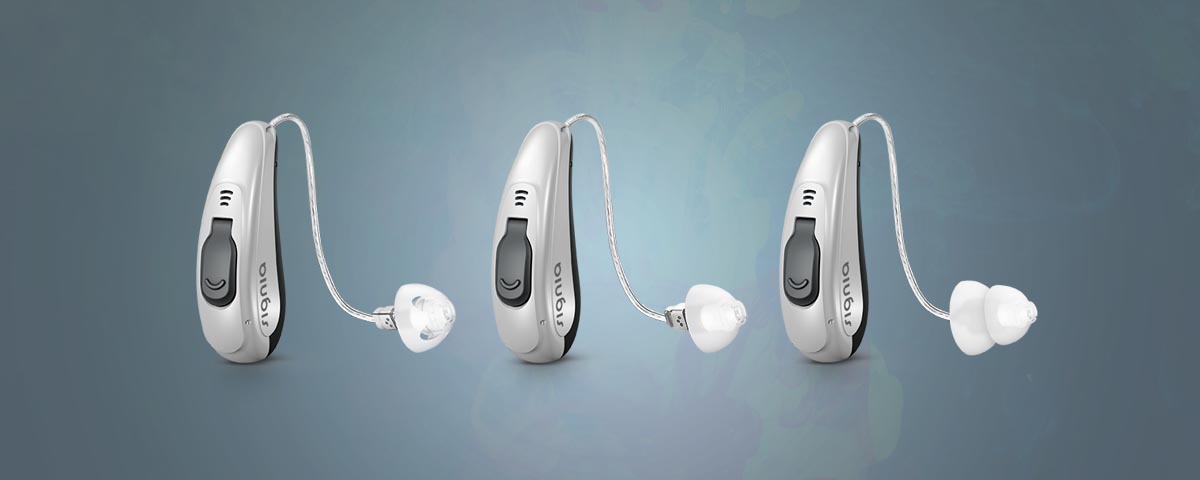Do Dome Sizes Really Matter?
Users of RIC (receiver-in-the-canal) or RITE (receiver-in-the-ear) hearing aids most commonly use silicone domes to direct the amplified sounds into their ear canals. Many different dome sizes and styles are available for each model of RIC/RITE hearing aids. Each style provides different sound qualities and amplification levels. Hearing health care specialists select the dome type based on hearing test results to suit the clients needs. Most importantly, hearing aids are programmed specifically to hearing loss requirements with the selected dome type in mind.
Dome Types
 |
Open domes: Allow some natural noise to pass trough the dome. While this delivers a more natural sound quality, the low frequencies amplified by the hearing aid will dissipate. The greatest advantage of an open dome is that they reduce the occlusion effect. The occlusion effect occurs when our ears are completely blocked which can deter sound quality and sharpness. Plugging your ears with your fingers will simulate the occlusion effect. Sounds become boomy with more bass. |
 |
Closed domes: In contrast, closed domes (sometimes called vented or tulip) block more of the ear canal than open domes. Closed domes tend to reduce feedback, and help amplify low frequency sounds. The venting in these domes help to mitigate the occlusion effect. |
 |
Power domes: Provide a full seal on the ear canal, offering little to no venting. Consequently, the lack of venting results in an occluded ear canal. Occlusion aside, they deliver the greatest amplification and avoid feedback. These types of domes can be essential for anyone with more severe hearing loss. |
Different types of domes can be beneficial in different listening situations. For example, listening to speech can be easier with an open dome to deliver a more natural sound quality. On the other hand, listening to music can be better with a closed dome to ensure both low and high frequency sounds are heard.
Food for thought: The greater the occlusion the more audibility will improve in noisier environments. By occluding the ear canal, the hearing aid’s background noise filtering system works at full capacity limiting unwanted background noise to enter into the ear canal naturally.
Should I Change Dome Sizes?
One of the biggest advantages of RIC hearing aids is their ability to adapt as your hearing changes. While it is very easy to change your own dome sizes and styles, the hearing aid programming is set for each dome type. Switching from an open to a closed dome without adjusting the hearing aid may not deliver the desired effect. Having the wrong dome on could cause many different sound quality issues. These could include thin and tiny sound, muffled sound, dull sound, or even slightly distorted sound. Consider speaking with your audiologist about your common listening environments and if different dome types would be beneficial. This will ensure that you are fully benefiting from the best combination of hearing aids and domes for the clearest sound quality.






